Asthma Cooperative Agreement Partner Profile – Wisconsin
The Wisconsin Asthma Program (WAP) has been part of CDC’s National Asthma Control Program since 2001. They work alongside partners to improve the quality of asthma care, improve asthma management in schools, and foster policies to help reduce exposure to asthma triggers in outdoor, indoor, and workplace environments.
Strategies in Action
- The Asthma Care Program provides asthma self-management education (AS-ME) and a home environmental walkthrough to reduce adverse outcomes among people with poorly controlled asthma. Improved outcomes at 3-month follow-up included a 14% decrease in asthma emergency department (ED) visits and a 73% decrease in asthma hospitalizations.
- In September 2021, the Centers for Medicare and Medicaid Services (CMMS) approved the Wisconsin Department of Health Services’ Children’s Health Insurance Program (CHIP) State Plan Amendment. This allowed Wisconsin to receive $3 million in funding to implement a new CHIP health services initiative to address asthma and housing-related environmental contributors for children and pregnant women enrolled in Medicaid. The pilot phase of the program began in 2014 with CDC funding. In 2019, 71 people participated in the program, which resulted in 79% fewer emergency department visits, 50% fewer hospitalizations, and 78% fewer missed school and workdays. The program was implemented in several communities by various partner organizations, and it saved families an average of nearly $800 in emergency department visits and hospitalizations. This also reflected a cost savings of $117 per patient for taxpayers. These outcomes influenced Medicaid to establish the program as a new CHIP Health Services Initiative (HIS).
- In May 2022, WAP completed an air monitoring and anti-idling pilot project at two Milwaukee public schools near heavy traffic corridors and with high asthma burden. This work informed the new 3-year EPA funded project “Breathe S.M.A.R.T.,” which aims to expand project implementation through the creation of a community-based network of neighborhood-level air quality monitoring stations in Milwaukee, Wisconsin, focusing on neighborhoods with high asthma burden.

Asthma by the numbers:
465,109 Adults with asthma
75,552 Children with asthma
In 2020, a total of 465,109 Wisconsin adults (10.2% of the adult population) had asthma and 72,552 Wisconsin children ages 0–17 (6%) had it.
17,569 ER visits
1,711 Hospitalizations
In 2019, there were 17,569 emergency department (ED) visits and 1,711 hospitalizations due to asthma in Wisconsin.
National Asthma Control Program: EXHALE
E
on asthma self-management
X
smoking and exposure to secondhand smoke
H
visits for trigger reduction and asthma self-management education
A
of guidelines-based medical management
L
and coordination of care across settings
E
policies or best practices to reduce asthma triggers from indoor, outdoor, or occupational sources
CDC’s National Asthma Control Program (NACP) and its partners help people with asthma achieve better health and improved quality of life. NACP developed EXHALE, a set of six public health strategies that each contribute to better asthma control.
Each EXHALE strategy has been proven to reduce asthma related hospitalizations, emergency department visits, and healthcare costs. Using the EXHALE strategies together in a community can have the greatest impact.


